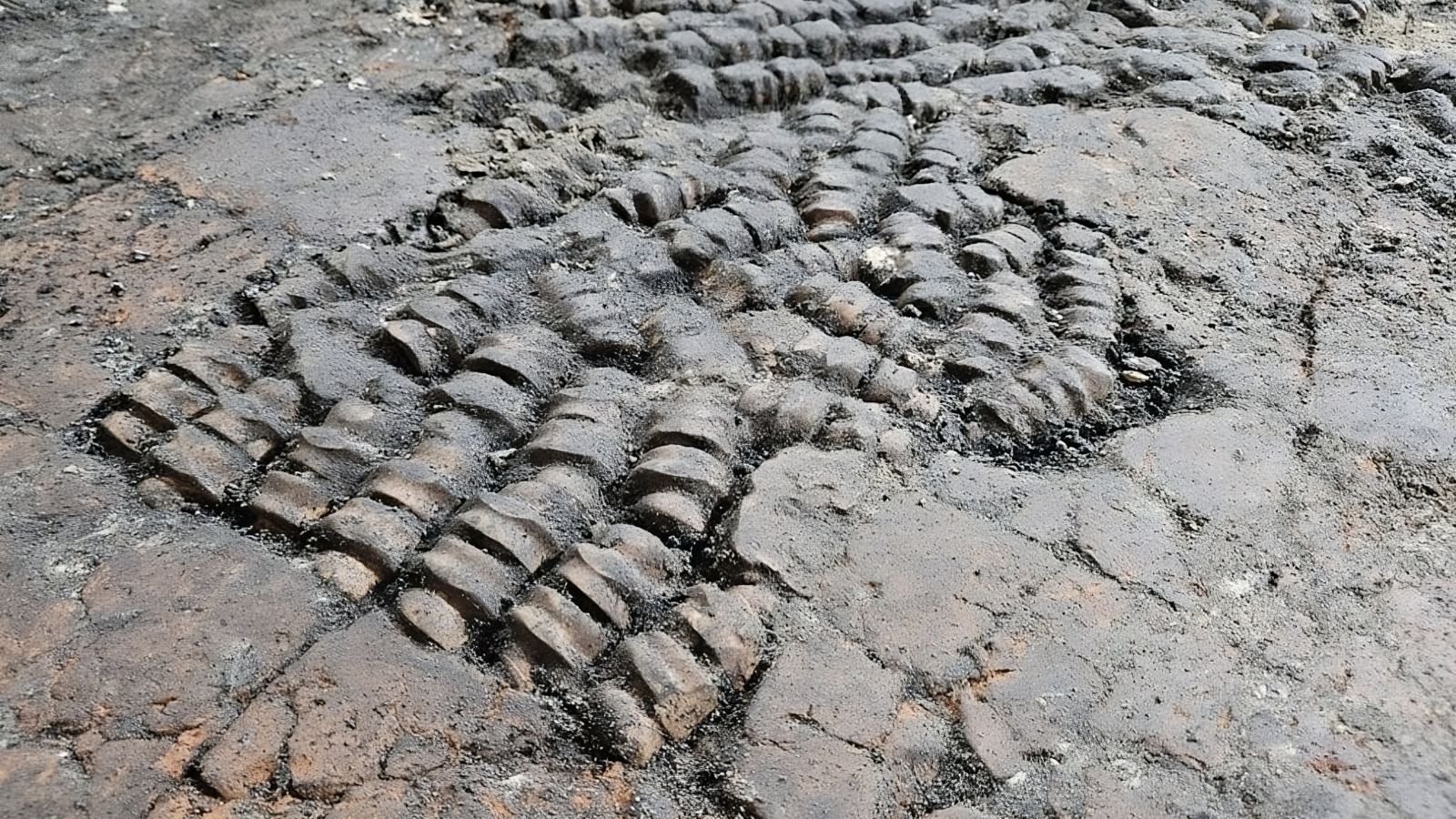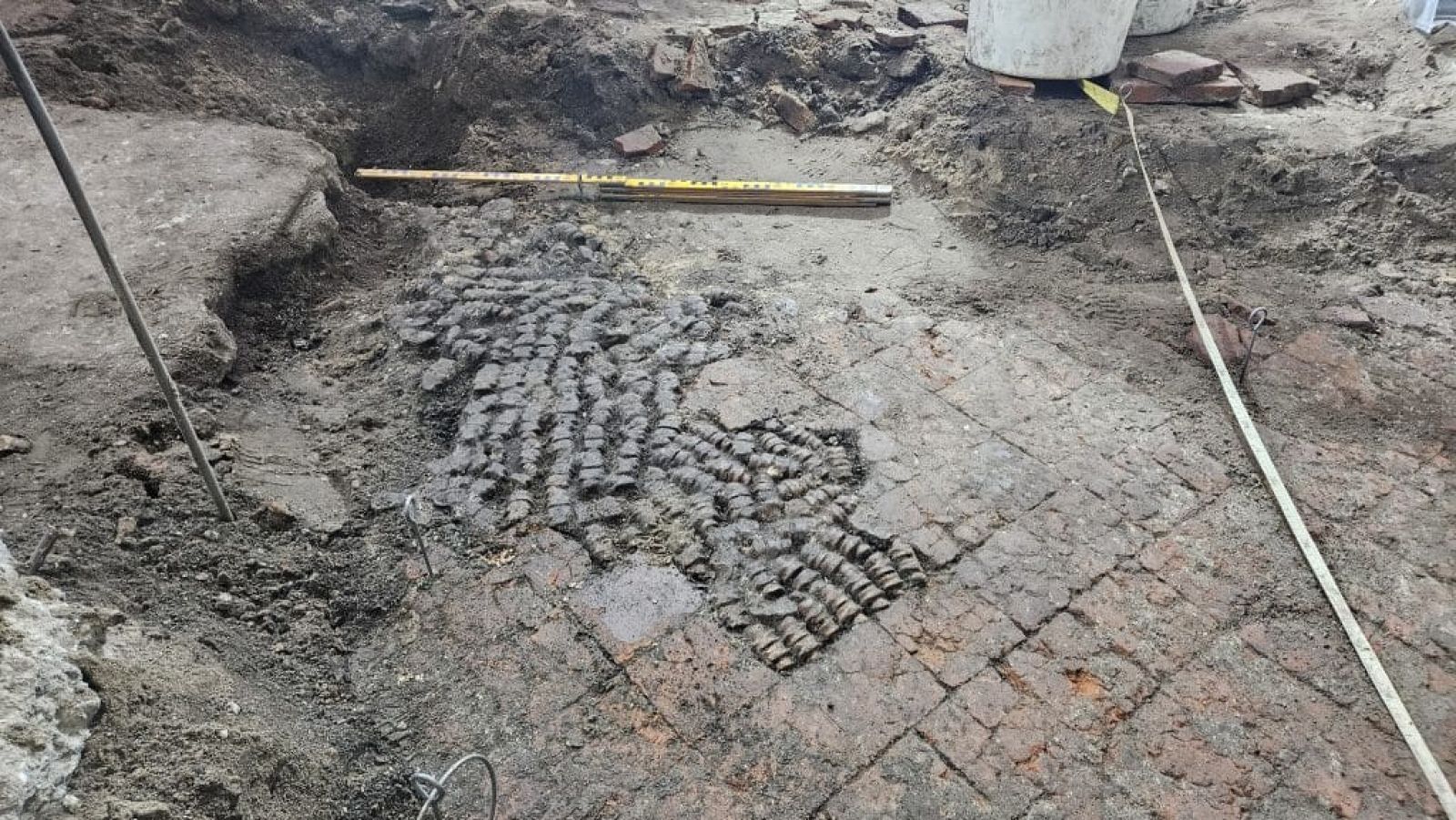Intriguing discovery of a floor made with... bones 🦴
Published by Cédric,
Article author: Cédric DEPOND
Source: Municipality of Alkmaar
Other Languages: FR, DE, ES, PT
Article author: Cédric DEPOND
Source: Municipality of Alkmaar
Other Languages: FR, DE, ES, PT
Follow us on Google News (click on ☆)

A bone floor in a building on Achterdam, Alkmaar Center.
Photo: Archaeology team, Municipality of Alkmaar
At the heart of the historic center, this unique floor combines organic materials and architectural elements typical of the region. It reveals ancient practices that are both surprising and intriguing. The bones, exclusively from bovine metacarpals and metatarsals, are cut to a precise height. Their regular arrangement suggests a deliberate effort to blend aesthetics with functionality.
Local experts compare this floor to similar findings in nearby cities like Hoorn or Enkhuizen. Although rare, these bone-based floors seem to reflect a regional tradition specific to North Holland. Each new discovery sheds further light on the role of these localities in the commercial and cultural exchanges of the Middle Ages.
The exact function of these bones in construction remains unclear. Initial hypotheses suggest an economic concern: filling gaps left by broken tiles using locally abundant resources. This pragmatic solution may have extended the lifespan of floors at a lower cost.
However, the possibility of a symbolic or artisanal significance is not ruled out. The incorporation of bones might reflect local trades such as butchery or tanning. Moreover, their meticulous arrangement and precise cutting might indicate an aesthetic or ritual concern.

The bone floor, Alkmaar Center.
Photo: Archaeology team, Municipality of Alkmaar
The dating of the building constructed in 1609 fuels further debates. It is likely these bone floors are remnants of an earlier structure repurposed in the new construction. This reuse of materials illustrates the practices of the time, often driven by economic constraints.
In collaboration with specialists, archaeologists are conducting stratigraphic and dendrochronological analyses to refine the timeline. These studies aim to determine whether this unique floor represents local practices or broader influences.
This discovery is part of a series of significant findings in Alkmaar, renowned for its medieval heritage. Each new revelation further enriches the puzzle of this historic city.